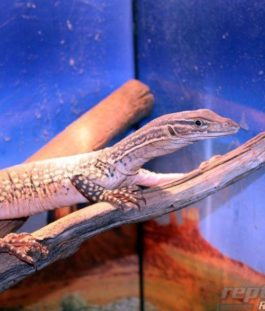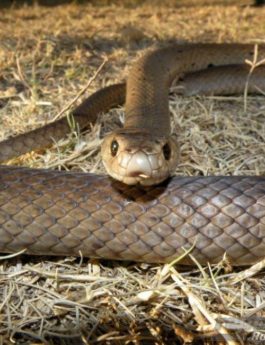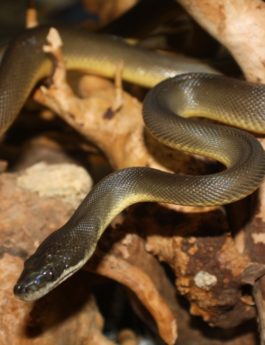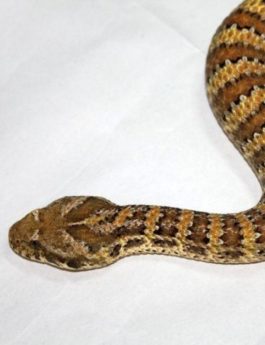The Yellow-faced Whip Snake is a moderately large slender green snake with smooth matte scales. Colour is usually a lime-green, becoming a lemon-yellow on flanks. Some individuals are olive-green to drank-green. Each dorsal scale in finely, to broadly edged with black along posterior margins, the belly is white to greyish. Head markings concentrated around the eyes, in most species a ‘comma’ shaped marking encircles the eye, the tail of which extends back, towards the angle of the mouth. Occasionally a dark or pale band is present on the neck.
The whip snake is a fast-moving diurnal snake, most often seen on the move during the day. you will usually get only i brief glimpse of this very alert snake, it seems to be intolerant of any disturbance. It is venomous but not considered harmful, in humans a bite will cause mild local symptoms such as swelling. it feeds mostly on lizarss that are caught on the run. They are oviparous laying 3-9 eggs in a clutch.
The Yellow faced whip snake can be found sheltering beneath rocks, logs and rubbish on the Coastal dunes, and on sandplain supporting heath and banksia woodlands.
Terrarium: Yellow-Faced Whip Snakes do not require an enclosure with very much height, however if given the correct environment with climbing enrichment they will explore their enclosure. The enclosure needs to be large enough to provide multiple hide rocks and maintain a thermal gradient, a terrarium that is 90x45x45cm (WxDxH) would be suitable to house a mature Yellow-Faced Whip Snake. Terrarium’s must be lockable and escape proof.
Lighting & heating: UVB lighting is not essential to Yellow-Faced Whip Snakes, however a low 2.0 spectrum fluorescent globe can be used for viewing purposes. Heating can be provided with a heat tile, mat or cord to maintain a ground surface temperature of 32°C in the hot spot. Ambient heat can be provided with an infrared heat globe to maintain a daytime temperature of 36°C in the warm end and 25°C in the cool end, on warmer days you may not need to turn on the heat globe as the ambient temperature of the enclosure may already be high enough. A thermometer should always be used to monitor the temperature within the enclosure.
Furnishings: It is important to provide your Yellow-Faced Whip Snake with a hide cave in the warm end, a water bowl at the cool end, and artificial plants will give coverage and decoration. Large Logs and vines can be used within the enclosure to provide climbing enrichment. A pet bedding wood chips such as Chipsi or Critter Crumble can be used as a substrate. It is important to keep the enclosure basic and easy to maintain, as a cluttered terrarium can make it very dangerous when you need to remove your venomous snake from the enclosure for any reason.
Food in captivity: All snakes in captivity must be fed dead food. A Yellow-Faced Whip Snake will eat a variety of frozen and thawed mice and rats of appropriate sizes. On average they will have 1-2 food items every 7-10 days.
The essentials:
- Terrarium of appropriate size
- Tummy heating
- Thermometer
- Infrared Heat globe
- Water bowl
- Substrate
- Hide cave






